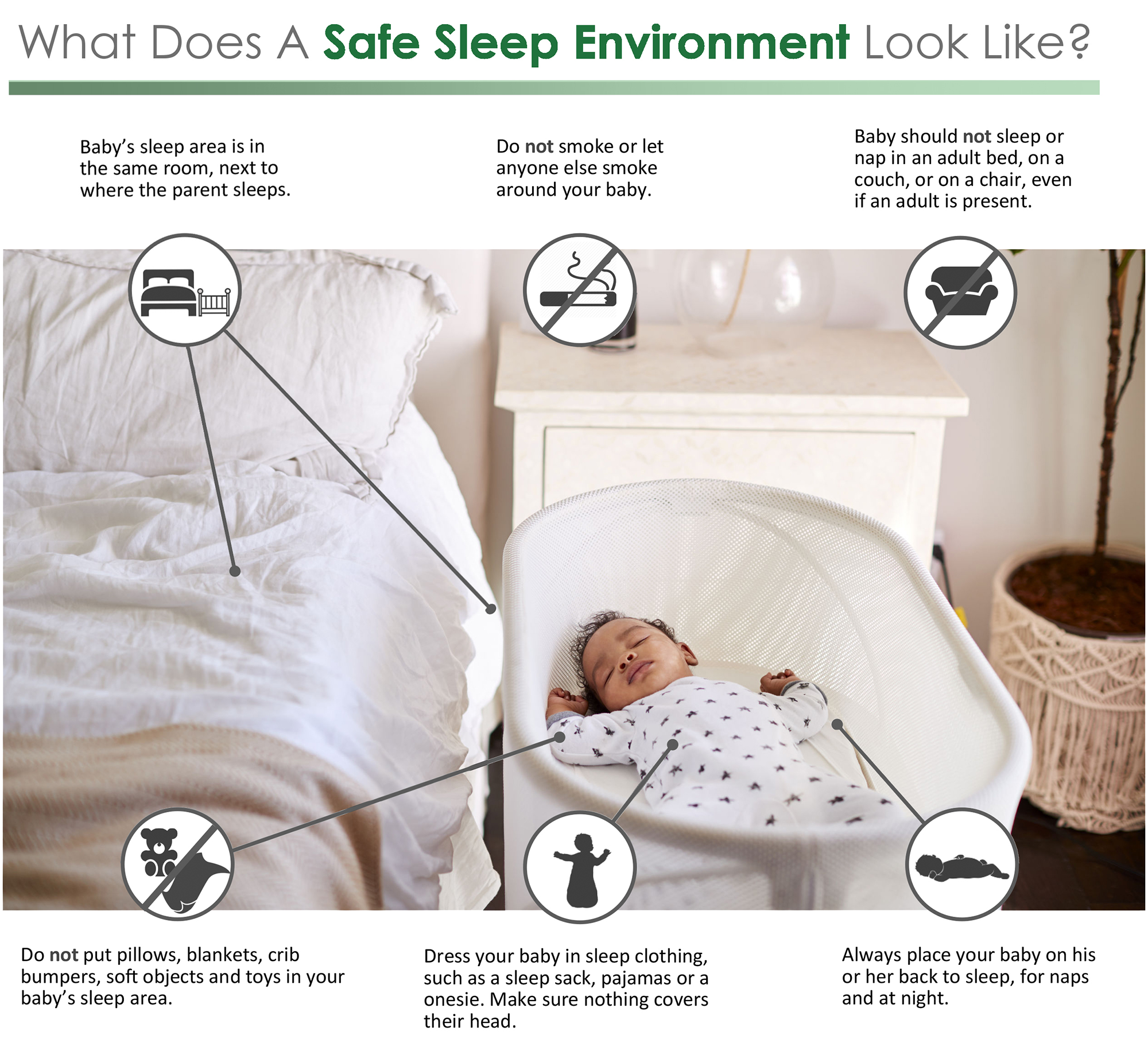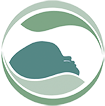
You and your baby will both sleep easier if you know what the sleep risks are, and how best to keep your little one safe while he slumbers.
Sleeping Risks
All babies under 1 year old are at risk for sudden infant death syndrome (SIDS), especially those younger than 6 months. It has been called crib death because it occurs while baby is sleeping in the crib. It isn’t caused by an infection or a medication, and it can’t be spread. SIDS is listed as the cause of death if there’s no other explanation.
Back is Best
In response to evidence that stomach sleeping might contribute to SIDS, the American Academy of Pediatrics (AAP) created its "Back to Sleep" campaign, which recommended that all healthy infants younger than 1 year of age be placed on their backs to sleep. Babies should be placed on their backs until 12 months of age.
Room Sharing
The American Academy of Pediatrics now says babies should sleep in their parent’s room for the first 6 months, or better yet, until their first birthday. New statistics say room-sharing can lower the risk of SIDS by as much as 50%. It’s easier to keep an eye on your baby, comfort, and feed him. But he needs his own safe space: A bassinet, crib, or co-sleeper (a separate sleeping area that attaches to your bed). Babies should not sleep in the bed with their parents. That increases the risk that the child’s breathing could get cut off, and it’s even more dangerous if you smoke, drink, or take drugs (even some prescription meds.)
Secure, Nontoxic Bedding
Your baby should rest in a crib, co-sleeper, or bassinet that is free of everything except your baby. That means no bumper pads, quilts, blankets, pillows, soft toys, positioning devices, or reachable toys with strings. Make sure the mattress is firm, and always use a tightly fitted sheet. Soft bedding above or below your child can block his airways. If you use a swaddle be sure it is secure and cannot cover your baby’s face. Always discontinue use of a swaddle once your baby can roll onto her stomach. Using Organic cotton sheets, clothing and swaddles creates the healthiest sleep environment. In addition, choose an organic cotton, wool or latex mattress (unless your baby has a latex allergy). For more information on choosing the best mattress, see our section on creating a healthy nursery.
Clothes and Covers
When dressing your baby for a nap or bedtime, a one-piece sleeper, gown or sleep sack is the best choice. Depending on the season, it can be lightweight or thick. It’s best not to use a blanket at all. The wearable blanket should keep her warm. Be careful your baby is not overdressed. She should never feel hot to the touch, which can lead to dehydration.
Breastfeeding and Pacifiers
One of the most important ways to help prevent SIDS is by breastfeeding your baby. Several studies show that infants who are breastfed, even for a short time, are less likely to get SIDS. Do not breastfeed while sitting in a chair or on a couch if you are tired and in danger of falling asleep yourself.
Pacifiers also lower the risk of SIDS. If you plan to breastfeed, don’t introduce a pacifier until you know your baby is doing well with nursing. Never hang the pacifier around his neck or attach it to his clothes while he sleeps. And there’s no need to put it back in his mouth after he’s fallen asleep. The best, non-toxic pacifier is made of natural rubber available from Natursutten.
Talk to All Caregivers
Don’t assume someone who’s caring for your baby knows how important it is to follow the Safe to Sleep guidelines. Go over those steps with nannies, babysitters, grandparents, and other friends and relatives who care for the infant. Make sure they know they always have to follow the rules.
